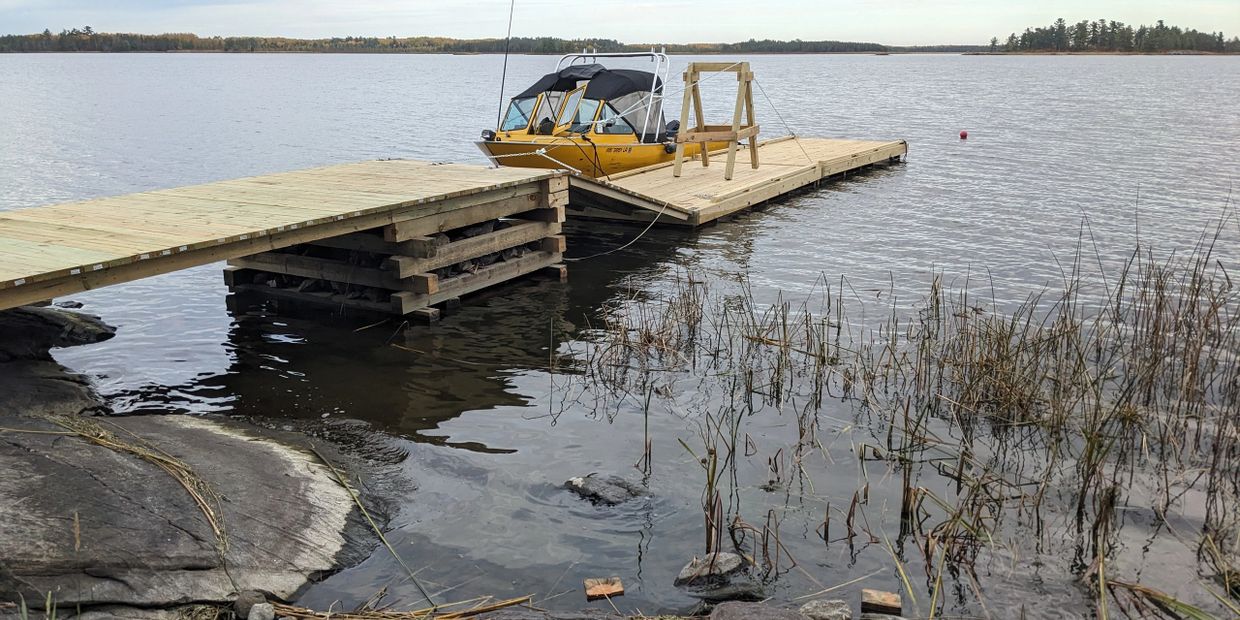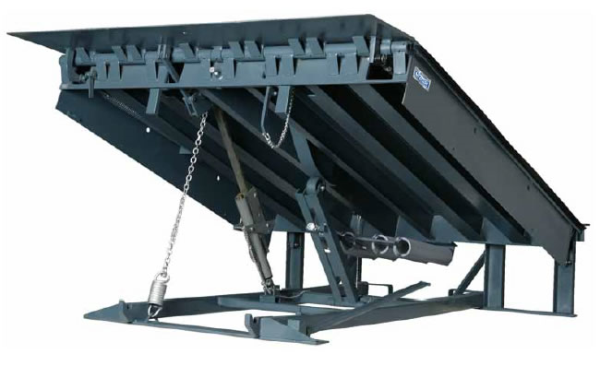Recognizing the Costs Involved in Dock Repairs
Recognizing the Costs Involved in Dock Repairs
Blog Article
Effective Dock Repair Service Techniques: Ensuring Structural Stability
Ensuring the architectural honesty of anchors via efficient fixing strategies is paramount for the longevity and safety of aquatic facilities. This involves a multi-faceted strategy starting with comprehensive assessments utilizing innovative innovations like sonar devices and remotely ran cars (ROVs) to discover both visible and concealed damages. Ultimately, picking the ideal repair service materials, such as corrosion-resistant alloys and composite materials, is essential for toughness. Architectural reinforcement approaches, consisting of the execution of cross-bracing systems and load-distribution plates, play a vital function in mitigating stress and anxiety factors. Nevertheless, the significance of these techniques becomes obvious when exploring innovative repair techniques and preventative maintenance techniques.
Examining Dock Damages
Examining dock damage is a vital initial step in ensuring the structural integrity and security of any type of docking center. This initial evaluation involves a thorough examination to identify both visible and covert damages. Key elements to examine include the dock's foundation, pilings, outdoor decking, and equipment. Each component needs to be looked at for signs of wear, rot, corrosion, or various other types of degradation that might compromise the architectural honesty.
Architectural designers or qualified assessors usually execute these analyses utilizing specialized devices and methods. As an example, undersea assessments could utilize sonar tools or from another location operated vehicles (ROVs) to find submerged damage. Above water, visual examinations are enhanced by utilizing moisture meters and various other analysis devices to discover underlying issues not immediately noticeable to the naked eye.

Deciding On Repair Service Materials
Picking the proper repair work products is a critical action in the dock restoration process, one that straight influences the long life and performance of the fixed structure. Material choice should be driven by variables such as ecological conditions, load-bearing needs, and compatibility with existing dock components. For instance, timber is a conventional choice for anchors as a result of its all-natural resilience and visual appeal. Picking the best type of wood, such as pressure-treated lumber or normally rot-resistant types like cedar or teak, is essential to hold up against marine settings.
In enhancement to timber, composite products are increasingly popular because of their durability and low maintenance demands. Compounds, generally made from a blend of plastic and timber fibers, offer superb resistance to rot, bugs, and UV damages. For steel anchors, choosing corrosion-resistant alloys such as galvanized steel or marine-grade light weight aluminum is important to prevent corrosion and make sure structural stability in saline water problems.
Epoxy materials and marine-grade sealants are essential for fixing fractures and securing joints, supplying a waterproof obstacle and enhancing the dock's overall strength. By meticulously picking high-grade products, dock repairs can attain long-lasting outcomes, therefore securing versus future deterioration and making sure safe, dependable usage.
Structural Reinforcement Strategies
Efficient structural support strategies are critical in guaranteeing the security and longevity of dock fixings. One basic technique includes the usage of steel or composite reinforcement bars (rebar) within concrete frameworks. Rebar offers additional tensile stamina, protecting against fractures and distributing lots more equally. This method is particularly effective for anchors exposed to heavy loads or harsh ecological conditions.
Another necessary technique is the application of fiber-reinforced polymers (FRP) These materials provide high strength-to-weight proportions and outstanding resistance to corrosion, making them perfect for enhancing wood or concrete docks. FRP can be used in strips or sheets and bound with epoxy materials to improve structural stability.
Supporting and anchoring systems also play a vital function in structural support. Cross-bracing, using steel or wooden beam of lights, can combat lateral forces, reducing guiding and movement. Securing systems, such as helical address piers or driven piles, provide a steady structure by transferring loads to deeper, more stable soil layers.
Last but not least, the integration of load-distribution plates can aid distribute weight more uniformly throughout the dock's surface area, reducing local stress and anxiety factors. These strategies jointly ensure that docks remain durable and secure, efficient in standing up to the roughness of their functional setting.
Advanced Repair Service Techniques

One more advanced method involves underwater welding, which allows for repairs to be conducted without the requirement to dewater the location. This technique is particularly beneficial for dealing with structural concerns in immersed dock parts, making certain marginal interruption to procedures. Enhanced welding strategies, paired with robotic systems, supply accuracy and reliability, thereby prolonging the lifespan of the dock.
In addition, cathodic protection systems are carried out to stop deterioration in metallic dock frameworks. By making use of sacrificial anodes or impressed existing systems, these strategies successfully minimize the electrochemical procedures that lead to product damage.
Last but not least, advanced tracking modern technologies, such as architectural wellness tracking (SHM) systems, give real-time data on the condition of dock structures. These systems allow positive maintenance and prompt treatments, inevitably making sure the long-term structural honesty of the dock.
Upkeep and Avoidance
Maintenance and avoidance are fundamental concepts that underpin the durability and safety of dock frameworks. Routine assessments are critical, permitting early detection of wear and tear, prospective weak points, and ecological impacts. A positive method, entailing regular checks for deterioration, rot, and architectural shifts, minimizes pricey fixings and lengthens the dock's functional life.
Precautionary procedures should include using protective coatings to metal components to defend against corrosion and utilizing cured wood to stand up to decay. Additionally, making sure correct drain and ventilation can protect against water accumulation, which is a common source of structural deterioration. Including high quality materials and adhering to manufacturer standards during construction and repair work stages additionally play critical functions in improving durability.

Training personnel in dock maintenance best techniques makes certain consistent application of safety nets. Leveraging technical developments, such as drones for assessments and sensors for real-time monitoring, can additionally enhance maintenance efforts. By prioritizing upkeep and avoidance, dock proprietors can ensure architectural honesty, operational security, and economical management over the dock's life-span.
Verdict
In conclusion, maintaining the architectural honesty of marine centers demands extensive dock repair service techniques. Thorough evaluations using innovative tools reveal both visible and hid damages, while the selection of proper repair materials improves durability. Applying structural support techniques addresses tension points successfully. Advanced repair service methods, paired with regular upkeep practices, make sure the dock stays safe and functional under varied ecological conditions. Embracing these methods dramatically extends the lifespan and functionality of aquatic infrastructure.
Ensuring the structural integrity of docks with effective repair work techniques is vital for the official source long life and safety of marine centers.Choosing the ideal repair work materials is a critical action in the dock remediation procedure, one that straight affects the longevity and efficiency of the fixed framework.Efficient structural support strategies are essential in making certain the stability and durability of dock fixings. By focusing on maintenance and prevention, dock owners can guarantee structural stability, functional security, and economical monitoring over the dock's life expectancy.
In final thought, maintaining the architectural integrity of marine facilities necessitates thorough dock fixing strategies.
Report this page